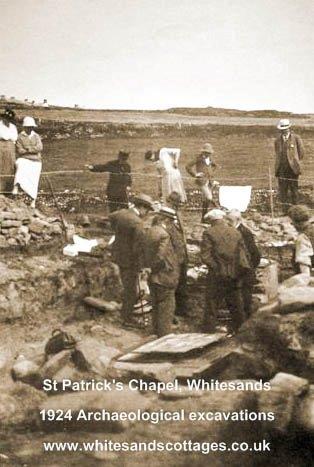Whitesands provides a spectacular view and enjoys a hidden history. Set in the heart of this land of seabirds and saints, you would expect no less.
The beach is nearly a mile long at low tide. Below the sand is a Mesolithic submerged forest, which appears following very rough seas. A jaw of a brown bear, which was found there a few years ago, is now on display in the British Museum, London.
The beach has served as a stepping off point for Ireland, and is the place that St Patrick is said to have sailed on a stone to the Emerald Isle. St Patrick's Chapel is located in the dunes next to the beach; and archaeologists have carefully examined the remains in recent years.
There are several shipwrecks on the beach - which are exposed at low tides - Paulina (1833), Guiding Star (1882), Agnes Fraser (1898) and Martha (1859).
During World War II access to the beach was restricted by mines, and the sand from the dunes was used to build the nearby St Davids Aerodrome.
In more recent times Whitesands has become a popular tourist resort, with its own car park (St Davids City Council), toilets (Pembrokeshire County Council) and café (St Davids City Council). Whitesands Camping® is the only campsite next to the beach; and Whitesands Cottages provides a self-catering facility, set above the beach (see links).
There are RNLI lifesavers on the beach between May and September; and a regular Coaster Bus connects Whitesands to St Davids and other coastal places from the end of March through to the end of September.
The Pembrokeshire Coast National Park imposes a dog ban on the beach between 1st May and the end of September. Nearby Porthsele and Porth Melgan (a mile along the coast path) have no restrictions throughout the year.

